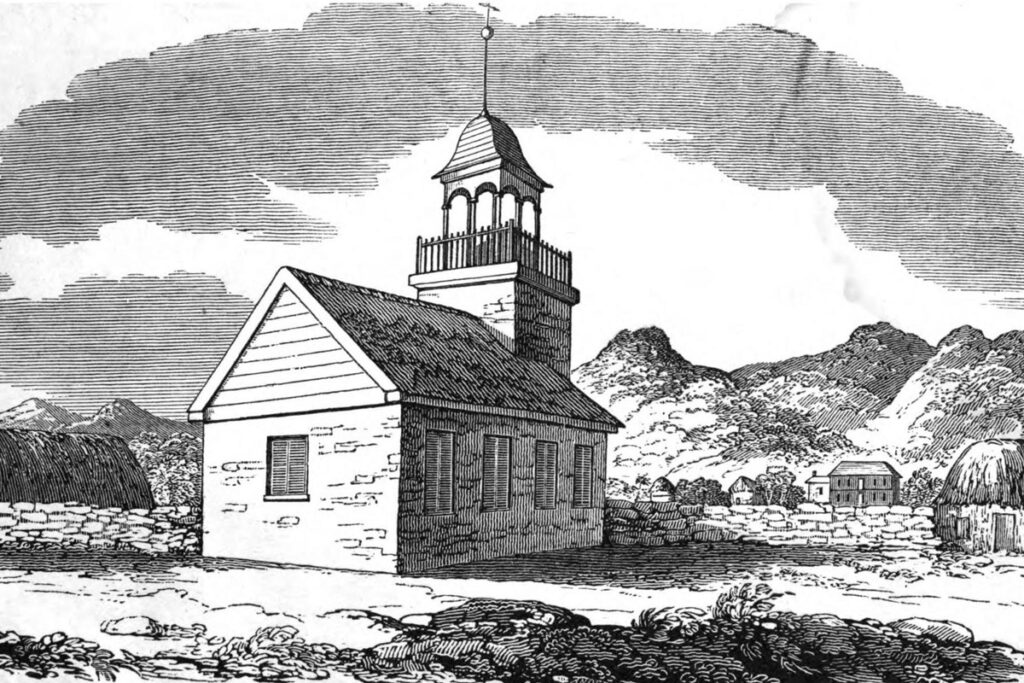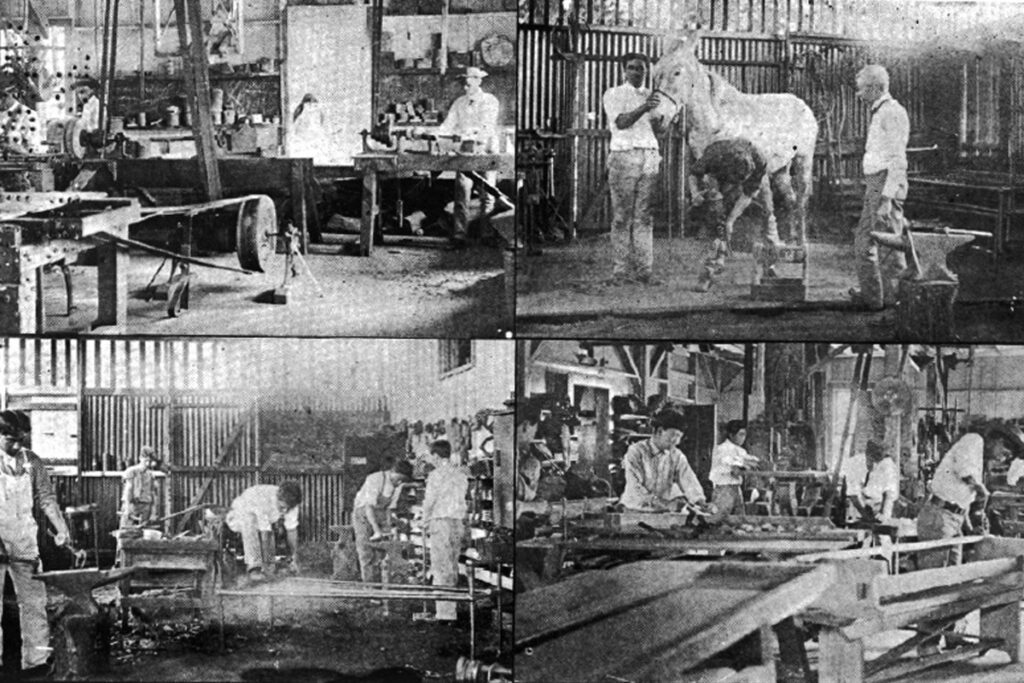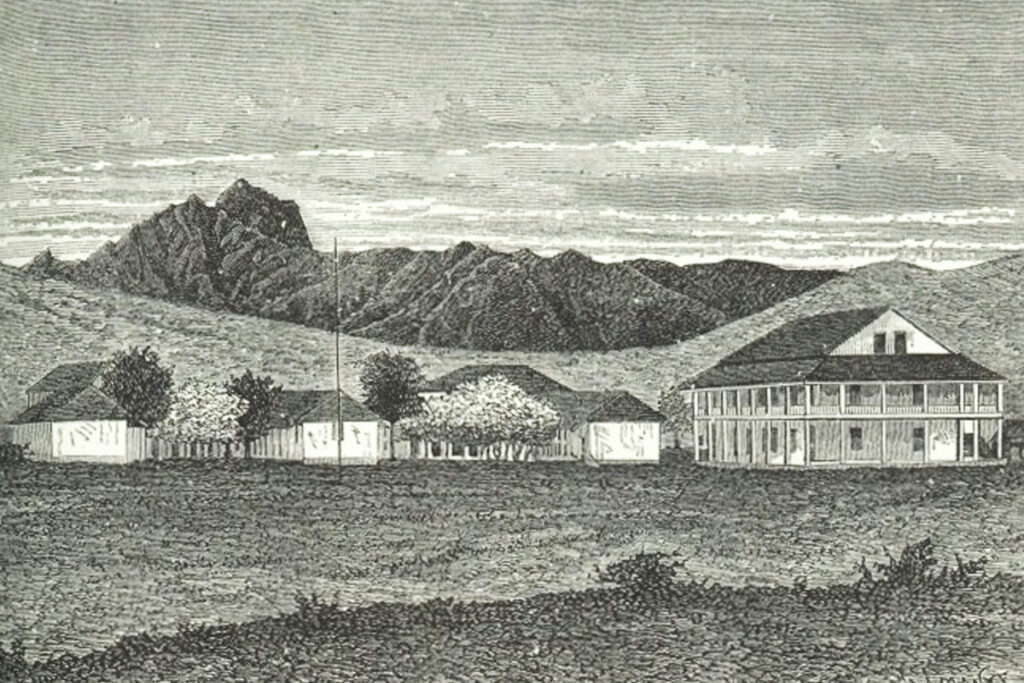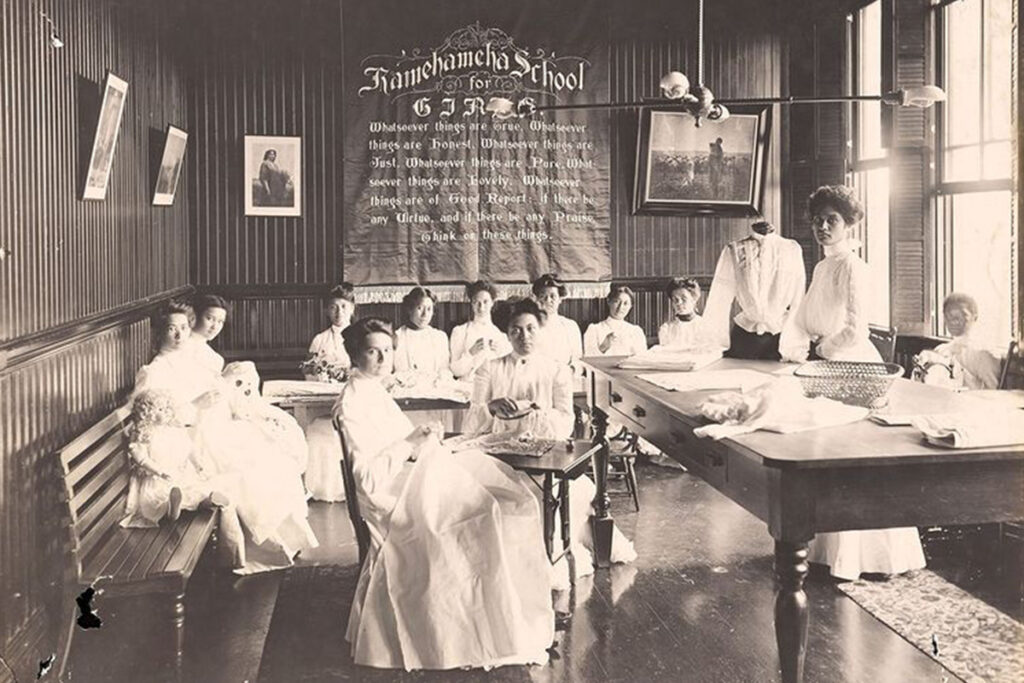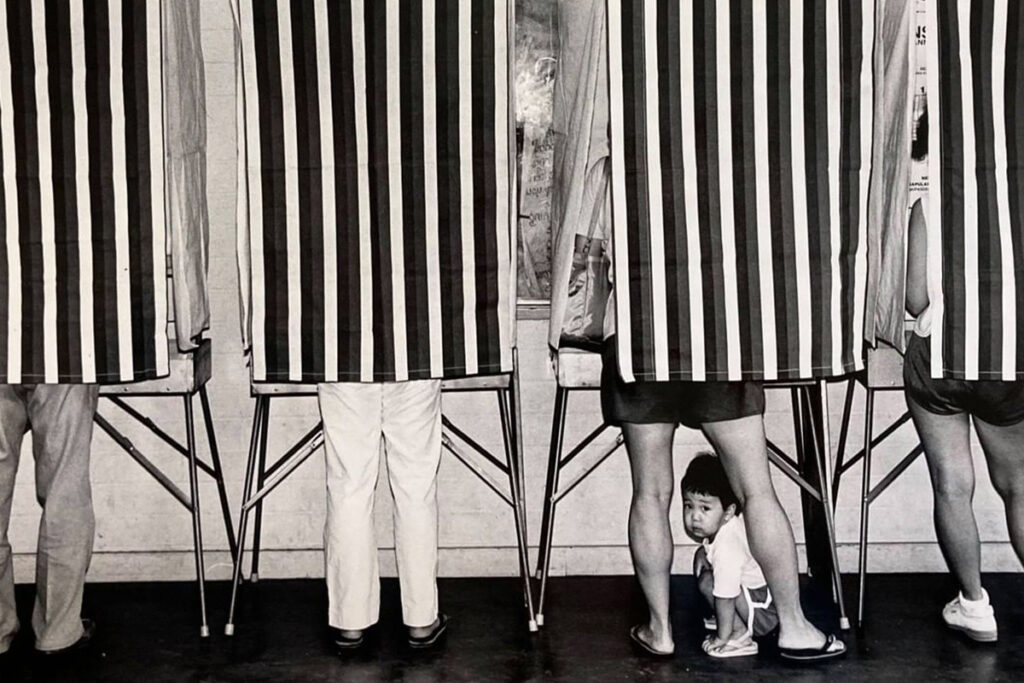1820–1898
1820
(April 4th) SS Thaddeus arrives to Kailua-Kona with 1st wave of American Missionaries
1898
U.S. Annexation
1900–1959
1907
McKinley HS (renamed from Honolulu HS)
1920
Hawaiian Homes Commission Act Passed (sponsored by Delegate Jonah Kūhiō Kalanianaʻole)
1941
Japan’s Attack on Pearl Harbor
1947
Gov. Ingram Stainbeck: declares “war on Communism” in Hawaiʻi
1948
Teachers John and Aiko Reneicke fired for Communist sympathies
1951-1953
Smith Act Trial of Hawaiʻi Seven (Communism Trial)
1954
Territorial Election: Democratic Takeover of Legislature
1970s onward
1990s
Protests against live-fire training in Makua Valley, Oʻahu
2010s
Resistance over further development of Mauna Kea on Hawaiʻi Island


